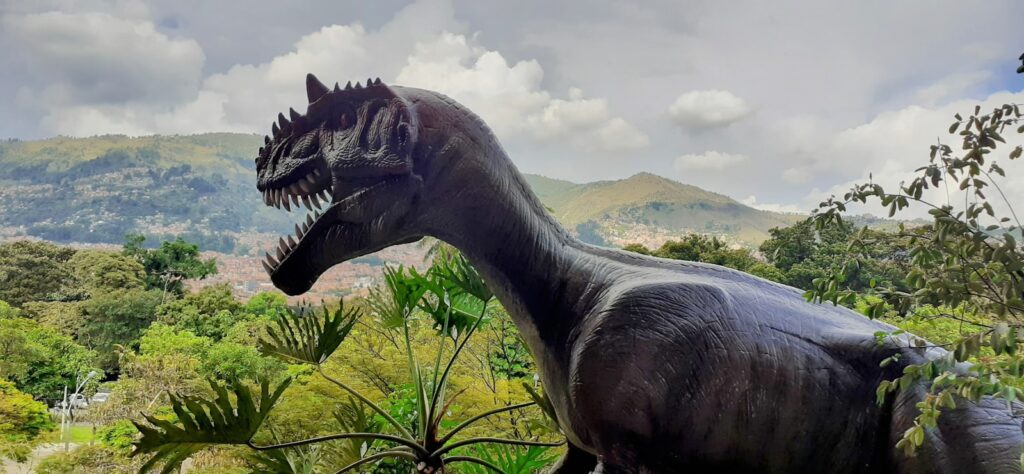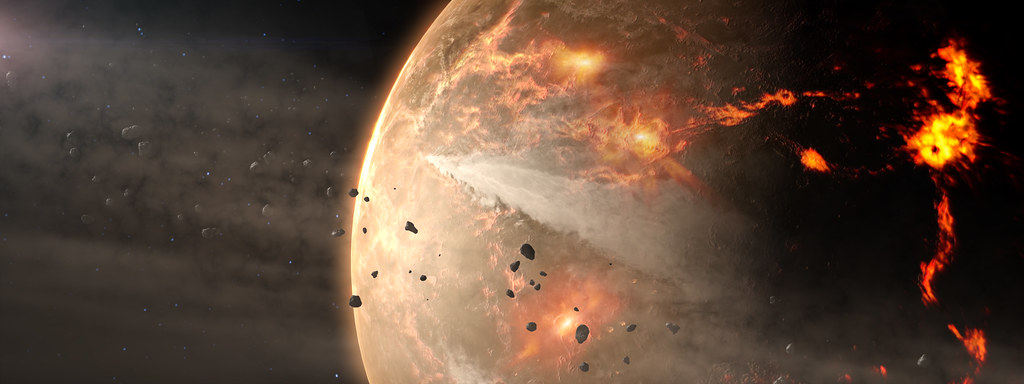The world of dinosaur paleontology has witnessed jaw-dropping discoveries that completely transformed our understanding of just how massive these ancient giants could become. While children grow up imagining T. rex as the ultimate prehistoric predator, the reality is far more mind-boggling – there were herbivorous dinosaurs so unimaginably large that they redefined what we thought was biologically possible for land animals. These titanic creatures didn’t just break records; they broke the very assumptions scientists had about the physical limits of terrestrial life.
Argentinosaurus: The Pioneer of Gigantism
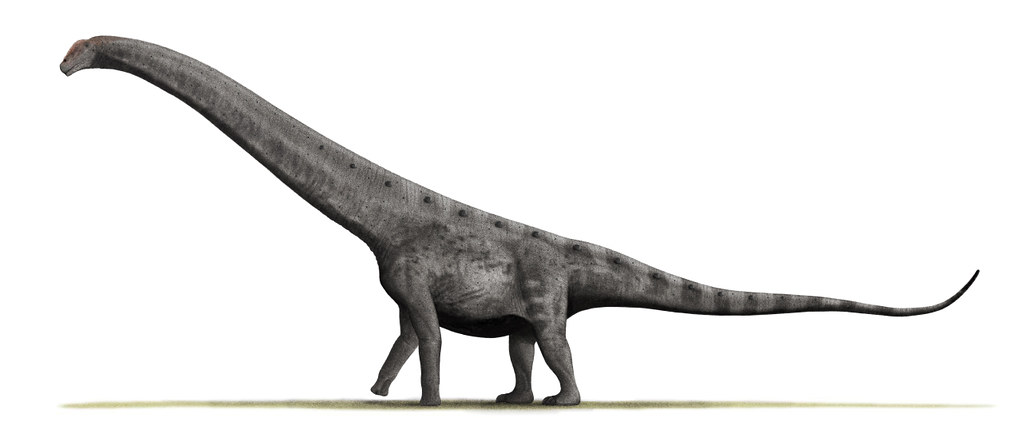
Picture this: a fossil the size of a fully grown human being was unearthed on a ranch in Argentina back in 1987, but the rancher initially dismissed it as petrified wood. This massive bone would later revolutionize paleontology when scientists realized they were looking at a single vertebra from what might be the largest dinosaur ever discovered. Argentinosaurus, measuring an estimated 30 to 35 meters (about 98 to 115 feet) in length and weighing 65-80 tons, shattered every assumption about maximum body size for land animals.
What makes Argentinosaurus particularly fascinating isn’t just its incredible dimensions, but how it forced scientists to completely rethink biomechanics. The advantages of giant sizes would likely have included the ability to keep food inside the digestive tract for lengthy periods to extract a maximum of energy, and increased protection against predators. This discovery sparked a global hunt for even larger specimens and established Argentina’s Patagonia region as ground zero for titanosaur research.
Patagotitan: When Museums Can’t Contain the Discovery
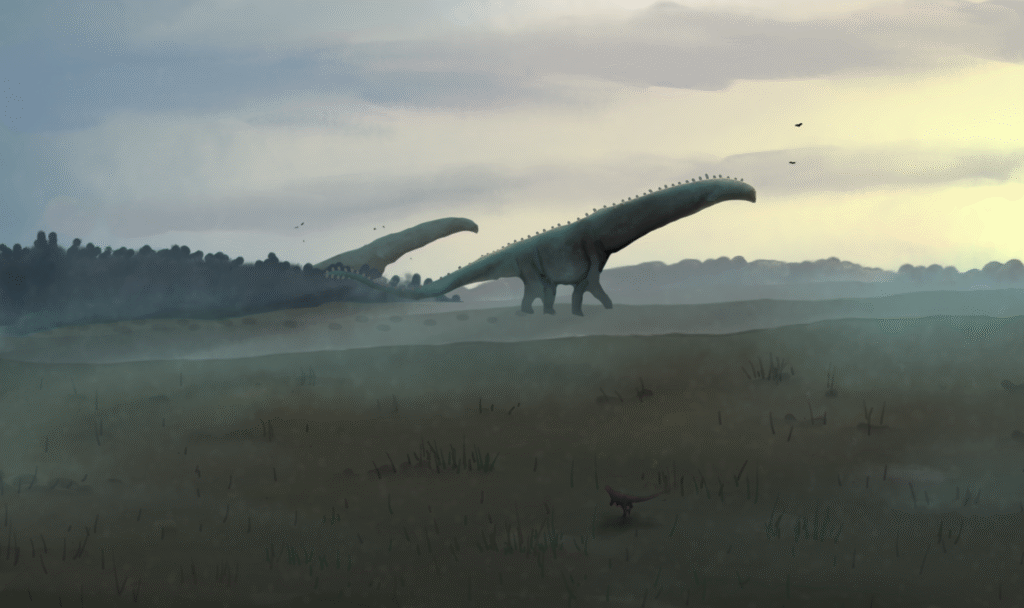
Imagine walking into New York’s American Museum of Natural History and seeing a dinosaur skeleton so enormous that its neck and head extend out towards the elevator banks because it literally doesn’t fit in the exhibition hall. That’s Patagotitan, a beast that lived up to its name as the “titan from Patagonia.” Initially estimated at 37 meters (121 feet) long and weighing 69 tonnes, with some early reports suggesting 77 tonnes, this discovery sent shockwaves through the scientific community.
Carballido and colleagues stated in the media: “Given the size of these bones, which surpass any of the previously known giant animals, the new dinosaur is the largest animal known that walked on Earth”. However, the story gets more complex – later research has been more conservative, with some experts now suggesting weights closer to 50-55 tonnes. This revision itself demonstrates how these massive discoveries continue to challenge and refine scientific understanding.
Dreadnoughtus: The Giant That “Fears Nothing”
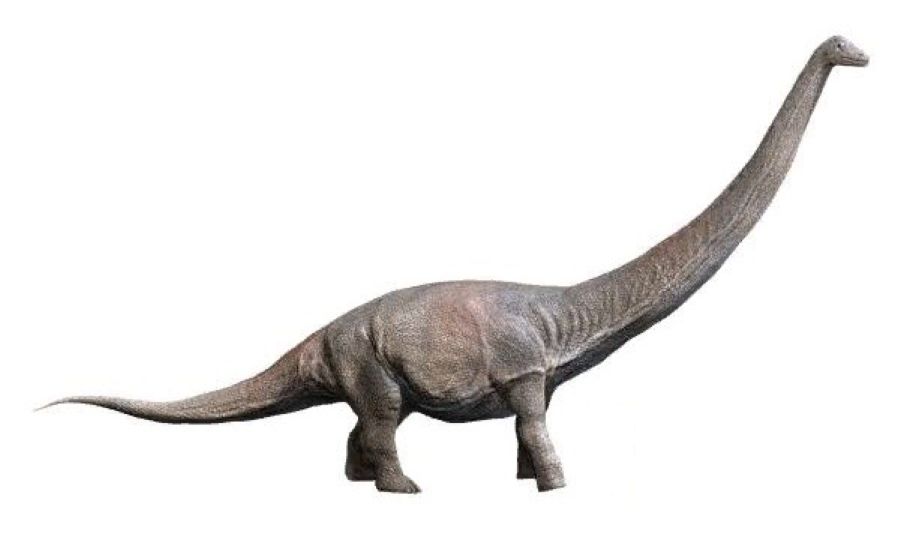
The name says it all – Dreadnoughtus literally means “fears nothing,” and when you’re talking about a 26-meter (85-foot) long dinosaur weighing approximately 59.3 metric tons, that confidence seems well-founded. But here’s what really stunned paleontologists: despite its estimated mass of about 59.3 metric tons, the bone histology of the Dreadnoughtus type specimen reveals that this individual was still growing at the time of death. This juvenile was already larger than most complete dinosaurs ever found, yet it wasn’t even fully grown!
Dreadnoughtus is known from more complete skeletons than any other gigantic titanosaurian, offering an unprecedented window into the anatomy and biomechanics of the largest animals to ever walk the Earth. The discovery challenged assumptions about how we calculate dinosaur mass and provided the most reliable weight estimates for any super-massive dinosaur.
Paralititan: Africa’s Mangrove Monster
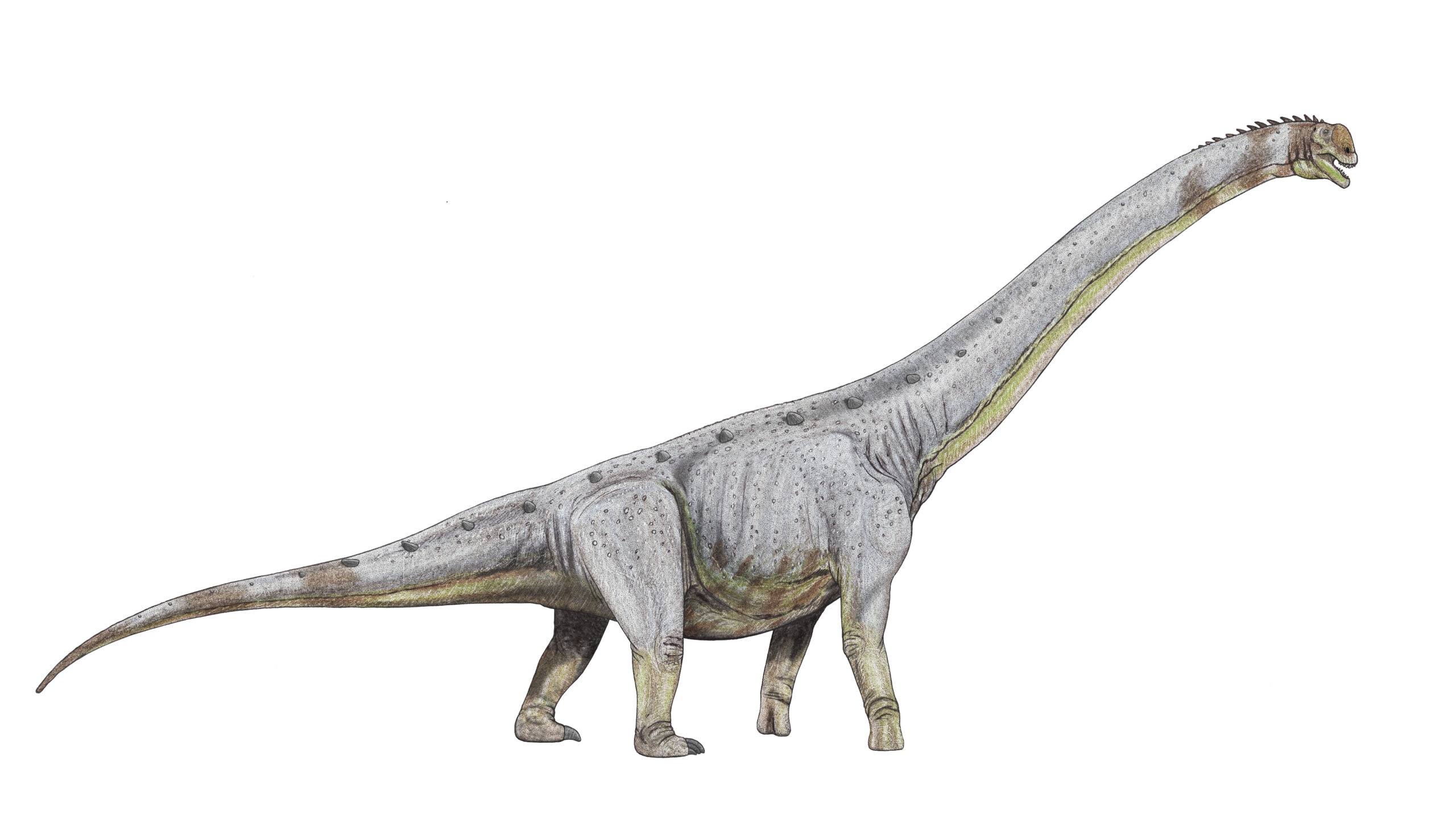
Deep in the Egyptian desert, roughly 300 kilometers southwest of Cairo, paleontologists uncovered something that completely shattered assumptions about where giant dinosaurs lived. Paralititan stromeri, discovered through excavations revealing a massive 1.69-meter (5.5-foot) long femur, lived in mangrove swamps during the middle of the Cretaceous Period some 94 million years ago. This wasn’t just any wetland wanderer – it was a colossus.
The discovery of such a large femur allowed many paleontologists to assert that Paralititan rivaled Argentinosaurus in size, with estimates ranging from 26 to 32 meters (85 to 105 feet) in length and 20 to 30 metric tons in weight. What’s remarkable is how this discovery rewrote the book on dinosaur habitats – scientists had never imagined that creatures this massive could thrive in coastal mangrove environments.
Maraapunisaurus: The Mysterious Giant That May Have Dwarfed Them All

Here’s where dinosaur paleontology enters almost mythical territory. Originally named Amphicoelias fragillimus, Maraapunisaurus has sometimes been estimated to be the largest dinosaur specimen ever discovered, with the largest estimates suggesting it could have been 58 metres (190 ft) in length with a mass of 150 tonnes. But there’s a catch that reads like a paleontological mystery novel: the only fossil remains were lost at some point after being studied and described in the 1870s, with evidence surviving only in contemporary drawings and field notes.
If the measurements were accurate, they would suggest that the dinosaur had a mass of 80-120 tons, making it far bigger than even the largest known titanosaurs. This ghost of paleontology continues to haunt size debates, representing either the ultimate giant that got away or a cautionary tale about early measurement techniques.
Notocolossus: The Fragmentary Titan

Sometimes the most tantalizing discoveries come from the least complete fossils. Notocolossus gonzalezparejasi represents one of those maddening cases where paleontologists know they’ve found something spectacular, but the evidence remains frustratingly incomplete. Specimens of Patagotitan indicate a 50–55 tonne titanosaur, and the less complete Notocolossus, Puertasaurus, and ‘Antarctosaurus’ giganteus appear to have occupied a similar size range.
What makes Notocolossus particularly intriguing is how it fits into the pattern of South American gigantism during the Cretaceous period. This dinosaur lived in a world where being merely “large” wasn’t enough – the evolutionary arms race had pushed these herbivores to absolutely staggering proportions that continue to challenge our understanding of biological limits.
Puertasaurus: The Vertebrae That Rewrote the Textbooks
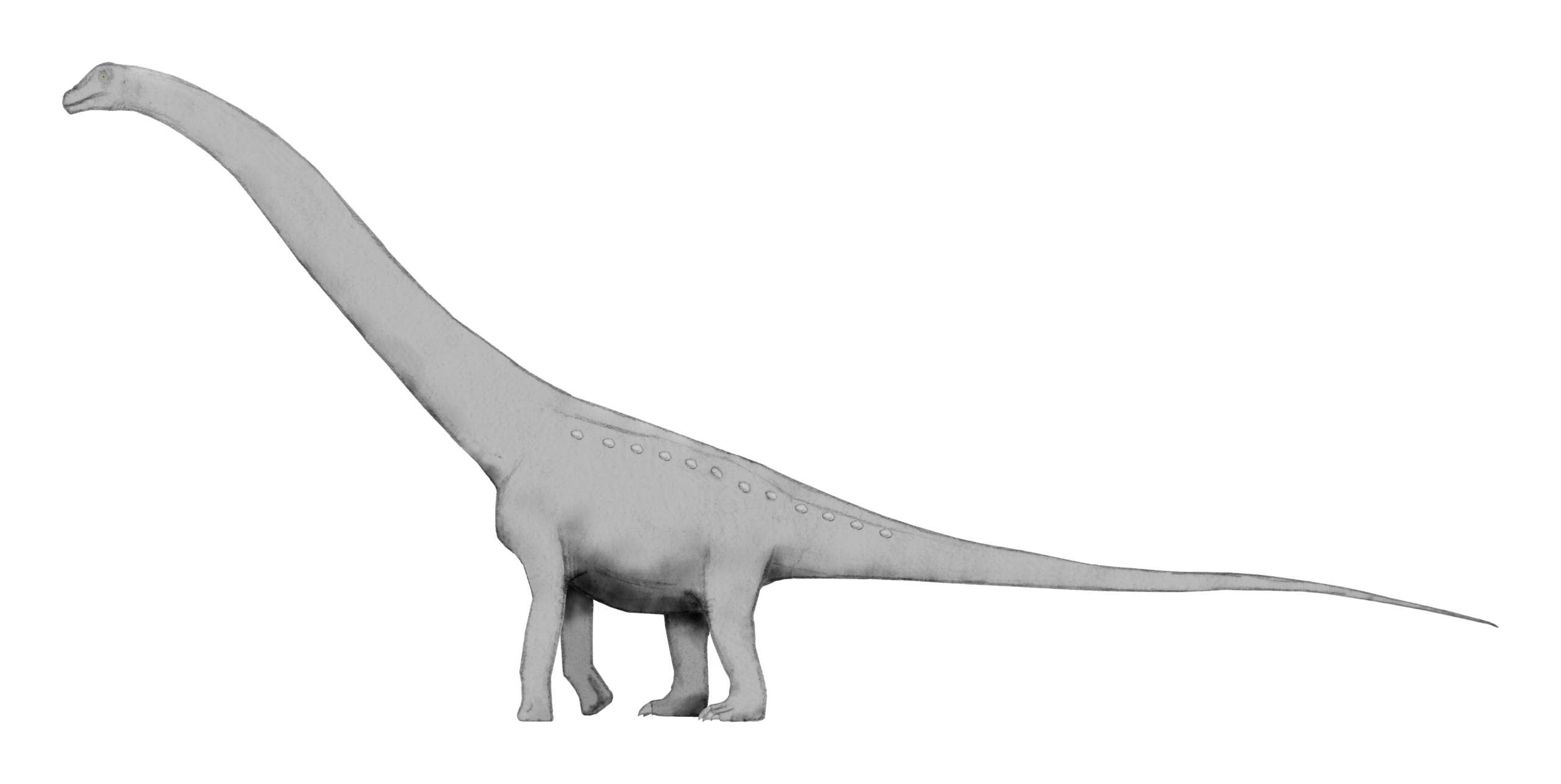
When paleontologists discovered Puertasaurus reuili in Patagonia’s Santa Cruz Province, they weren’t just finding another big dinosaur – they were uncovering evidence of a creature that pushed the boundaries of what vertebrate skeletons could support. The massive vertebrae of this titanosaur told a story of engineering that nature had perfected over millions of years of evolution.
The less complete Notocolossus, Puertasaurus, and ‘Antarctosaurus’ giganteus appear to have occupied a similar size range to the 50-55 tonne giants that dominated Cretaceous South America. What sets Puertasaurus apart is the sheer robustness of its skeletal elements, suggesting adaptations for supporting tremendous weight that paleontologists had never seen before.
Futalognkosaurus: The Giant with the Complete Spine
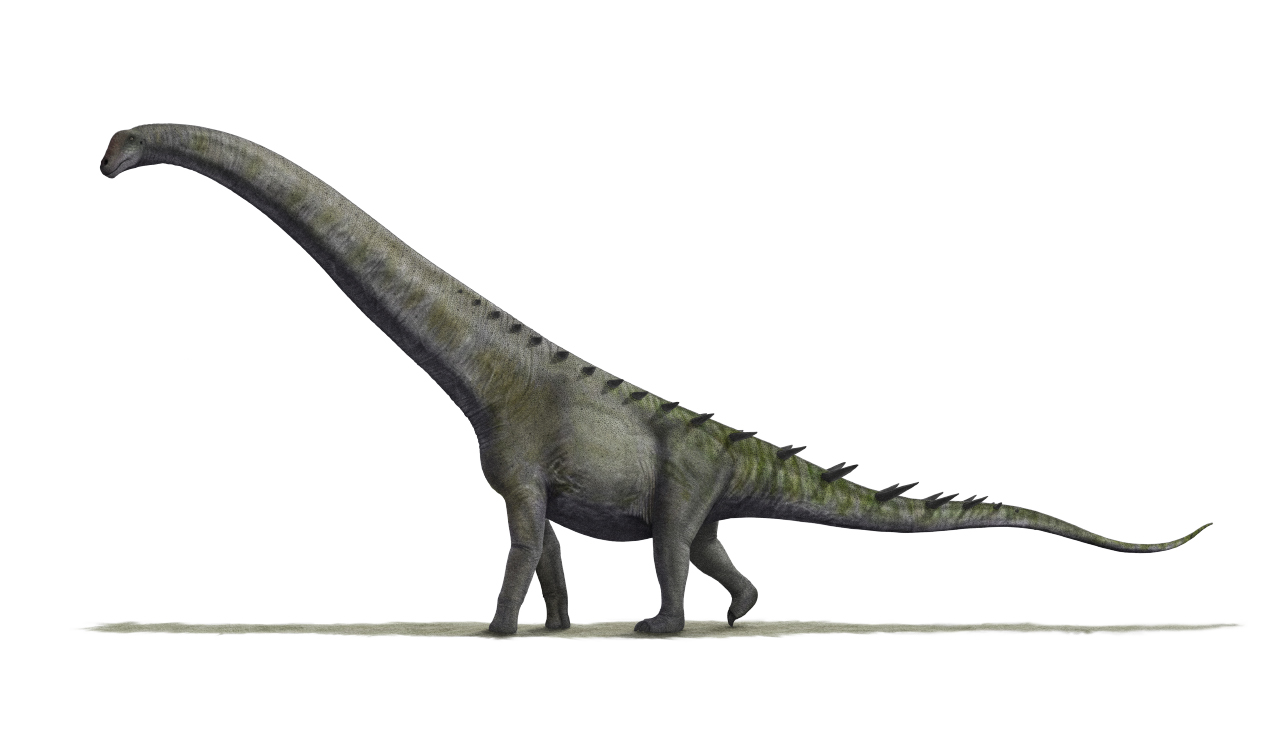
Most massive dinosaur discoveries frustrate scientists with their incomplete nature, but Futalognkosaurus dukei broke that pattern spectacularly. With the exception of Futalognkosaurus – known from much of the vertebral column and pelvis – all truly gigantic titanosaurs are represented by very fragmentary fossils. This relative completeness made it a Rosetta Stone for understanding how these creatures were built.
Dreadnoughtus, Alamosaurus and Futalognkosaurus were in the area of around 30 tons, though this might represent conservative estimates given the incomplete nature of many specimens. What’s remarkable about Futalognkosaurus is how its well-preserved vertebral column has helped scientists understand the biomechanics of supporting such massive necks and bodies.
Alamosaurus: North America’s Answer to South American Giants
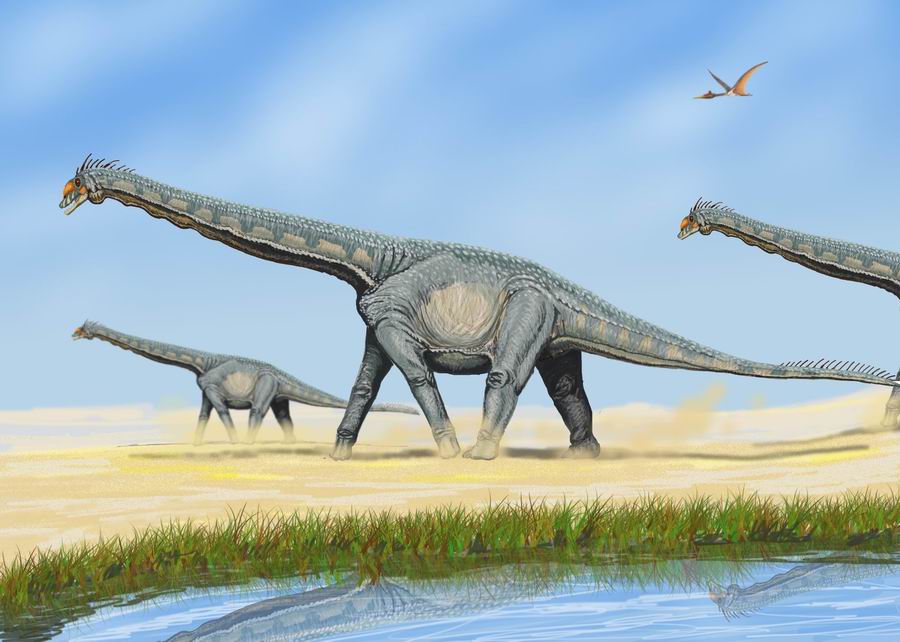
While South America dominated the headlines with its parade of titanosaur giants, North America had its own entry in the heavyweight division. The Alamosaurus was a giant dinosaur with a long neck, long tail and long legs, measuring about 30 metres in total length, with a total weight of approximately 72.5 to 80 tonnes. This creature lived during the final chapter of the dinosaur era, roughly 70 to 65 million years ago.
What makes Alamosaurus particularly significant is its timing – it represents one of the last giant sauropods before the mass extinction event. The Alamosaurus had an extremely long neck, a shoulder height of 4 metres, and a head height of 8.4 metres, dimensions that would have made it a true skyscraper of the prehistoric world.
Antarctosaurus giganteus: The Giant from the Southern Continent
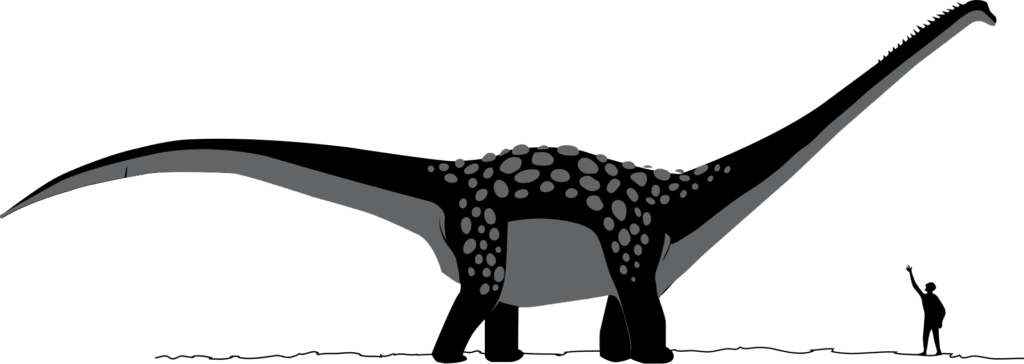
The name Antarctosaurus literally means “southern lizard,” and this titanosaur lived up to its continental billing by representing some of the most massive dinosaurs ever discovered in the southern hemisphere. While much of what we know about this giant remains mysterious due to incomplete fossil evidence, the bones that have been found tell an incredible story of Cretaceous gigantism.
The less complete Notocolossus, Puertasaurus, and ‘Antarctosaurus’ giganteus appear to have occupied a similar size range to other 50-55 tonne South American titans. What’s particularly fascinating about Antarctosaurus giganteus is how it represents the geographic spread of these massive creatures – giant sauropods weren’t confined to single regions but dominated ecosystems across entire continents.
The fragmentary nature of Antarctosaurus giganteus fossils actually tells us something profound about the challenges facing paleontologists. Only a small fraction of animals ever fossilize, and most of these remains will either never be uncovered, or will be unintentionally destroyed, with few specimens being even relatively complete skeletons. This giant represents both the potential for even more spectacular discoveries and the humbling reality of how much we still don’t know.
Conclusion
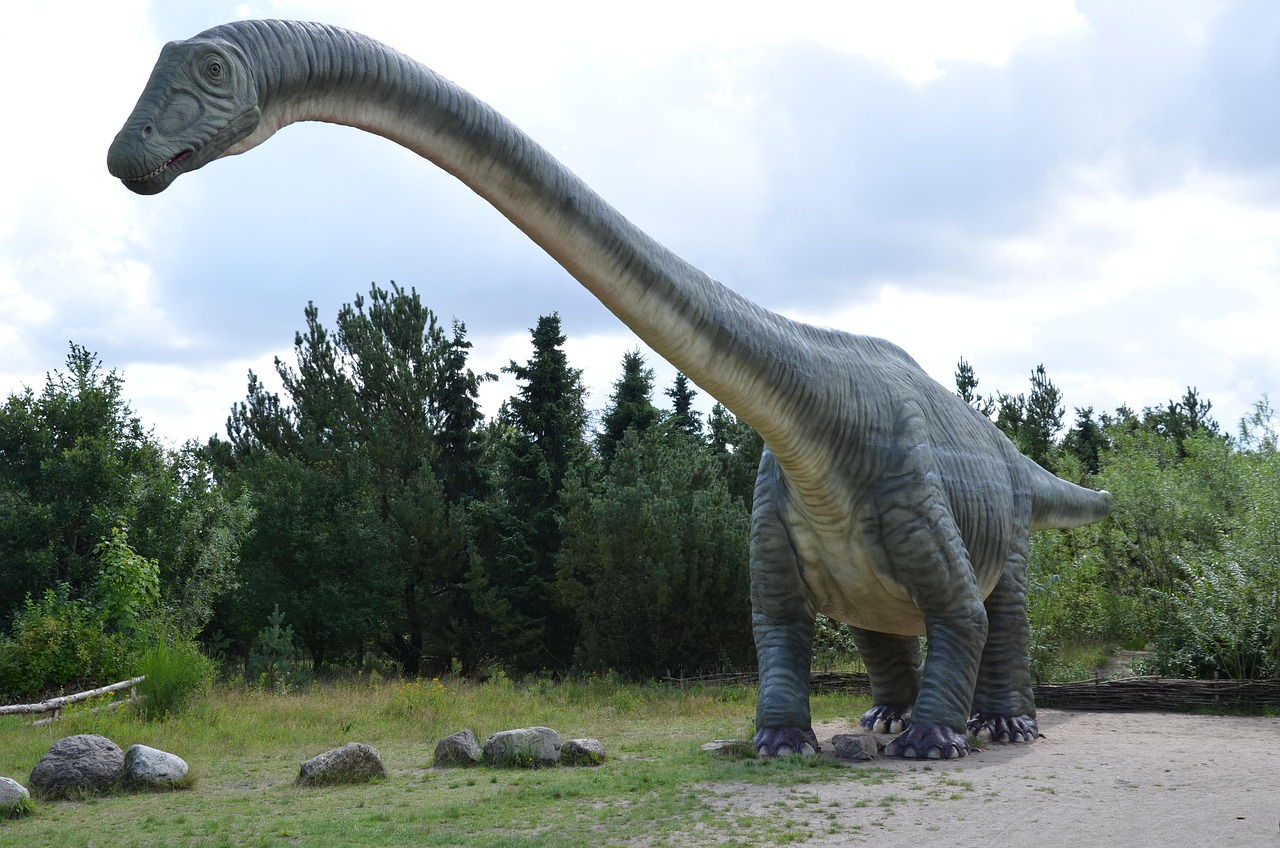
These ten colossal dinosaurs didn’t just break size records – they completely revolutionized our understanding of what’s biologically possible for land animals. Each discovery has forced scientists to abandon previous assumptions about maximum body size, skeletal engineering, and ecological limits. Given the incomplete nature of the fossil record and the way dinosaurs lived, it’s unlikely that paleontologists have found the largest individuals of any given species, with much more massive dinosaurs still awaiting discovery.
Perhaps the most mind-bending realization is that we’re likely only scratching the surface of dinosaur gigantism. These titans walked the Earth for over 100 million years, evolving incredible size adaptations that we’re still trying to understand. The next shovel full of dirt in Argentina, Montana, or Madagascar could reveal something even more spectacular than anything we’ve found so far. What giant secrets are still buried out there, waiting to shatter our assumptions once again?


